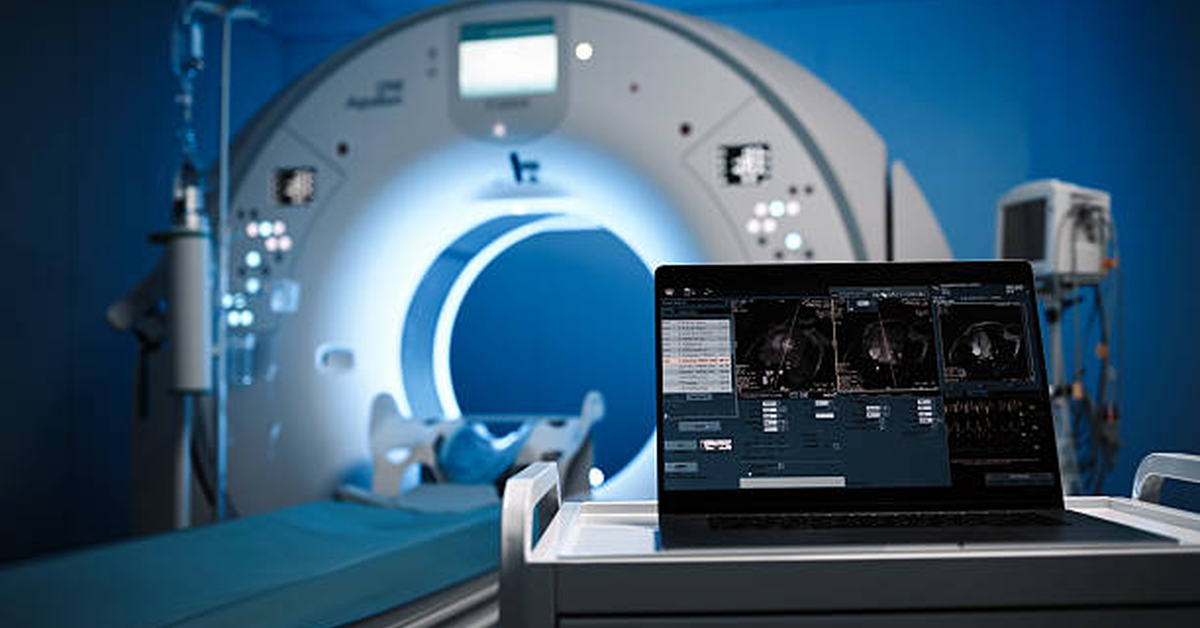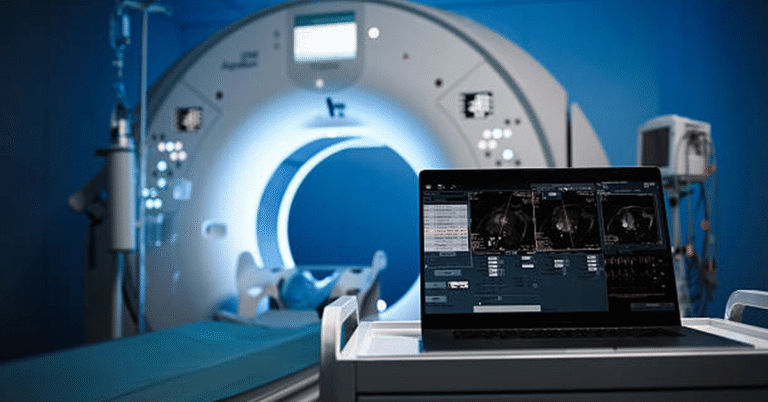
In the fast-evolving world of technology and automotive systems, diagnostics has become a cornerstone for efficiency, reliability, and problem-solving. Every machine, whether a simple motorbike or a complex industrial engine, depends on timely monitoring and early detection of faults. Over the decades, diagnostic tools have advanced from basic manual inspections to sophisticated digital scanners capable of analyzing performance in real time. Among the most advanced concepts in this arena lies Kaliscan, a modern scanning system designed to redefine diagnostic efficiency.
Kaliscan can be described as a versatile and multi-functional platform, developed with the purpose of identifying, measuring, and analyzing mechanical, electronic, and even software-level issues in vehicles and other technical systems. Unlike traditional scanners that limit themselves to error codes, Kaliscan embraces a broader approach, focusing on deep-level analysis, preventive maintenance, and predictive insights. It represents a bridge between technology and human expertise, combining smart software algorithms, robust hardware integration, and user-friendly interfaces.
This article explores every aspect of Kaliscan: its origins, importance, working mechanism, applications, benefits, limitations, comparisons with other tools, and potential to shape the future of diagnostics. By the end, readers will understand not just what Kaliscan is but why such systems are vital for modern industries.
Origins and Concept of Kaliscan
The name Kaliscan is derived from two elements:
- “Kali” symbolizing strength, adaptability, and technological depth.
- “Scan” highlighting its primary function—scanning and diagnosing systems.
The concept behind Kaliscan emerged from the growing need for multi-domain scanning tools that could work across various sectors—automotive, industrial machinery, energy systems, and even smart infrastructure. Traditional scanners were restricted by design: an automotive OBD-II scanner could read codes from vehicles, but it lacked the flexibility to extend beyond its niche. Engineers and developers envisioned Kaliscan as a cross-functional diagnostic ecosystem with adaptability built into its architecture.
In essence, Kaliscan was conceptualized to solve three major problems:
- Complexity of Modern Machines: Modern vehicles and machines involve interconnected sensors, control units, and electronic circuits that require comprehensive scanning.
- Lack of Preventive Solutions: Existing scanners often react to problems instead of predicting or preventing them.
- User-Friendly Access: Many scanning systems require advanced technical expertise, alienating everyday users. Kaliscan aimed to simplify this gap by offering intuitive interfaces.
Key Features of Kaliscan
Kaliscan’s strength lies in its ability to combine advanced diagnostic techniques with accessibility. Its notable features include:
- Real-Time Scanning: Provides live data streams of engine performance, sensor behavior, and fuel efficiency.
- Multi-Protocol Compatibility: Works with OBD-II, CAN bus, LIN bus, and even proprietary systems.
- Deep Data Analysis: Goes beyond error codes by evaluating root causes and patterns.
- Cloud Integration: Stores diagnostic history in the cloud, enabling long-term tracking and predictive modeling.
- User-Friendly Dashboard: Designed with graphical displays and step-by-step assistance for both professionals and non-experts.
- Cross-Sector Application: Adaptable for automobiles, heavy machinery, energy systems, and industrial automation.
- Preventive Alerts: Issues warnings about potential failures before they occur.
How Kaliscan Works
Understanding how Kaliscan functions requires breaking down its three-layered structure:
1. Hardware Layer
This includes the physical device that connects to the system. For vehicles, it might involve an OBD-II connector; for industrial machines, it could be a specialized sensor interface. The hardware collects raw signals, sensor data, and diagnostic codes.
2. Software Layer
Once data is captured, the software processes it using algorithms, diagnostic libraries, and predictive analytics. Unlike generic tools, Kaliscan incorporates AI-driven analysis, comparing current readings with optimal ranges and historical data.
3. Interface Layer
The processed information is displayed through mobile apps, desktop platforms, or integrated displays. Instead of just listing error codes, Kaliscan explains the problem, potential causes, and recommended actions.
Benefits of Kaliscan
The practical advantages of Kaliscan span across industries:
1. Comprehensive Diagnosis
Unlike conventional scanners that stop at identifying error codes, Kaliscan dives deeper, analyzing patterns and predicting issues.
2. Preventive Maintenance
It alerts users about minor irregularities before they evolve into costly breakdowns, extending machinery life.
3. Cost Savings
By reducing the frequency of repairs and avoiding catastrophic failures, businesses and individuals save on expenses.
4. Enhanced User Experience
Graphical dashboards make technical data understandable for users with limited expertise.
5. Industry Adaptability
From small cars to industrial turbines, Kaliscan can be adapted with different modules.
Applications of Kaliscan
The adaptability of Kaliscan makes it suitable for multiple domains:
| Sector | Applications |
|---|---|
| Automotive | Engine scanning, fuel system analysis, emissions monitoring, ECU diagnostics |
| Industrial | Monitoring turbines, compressors, and automated machinery |
| Energy Systems | Diagnosing solar, wind, and power grids |
| Aviation | Jet engine diagnostics, avionics scanning |
| Marine | Ship engine health monitoring, fuel system optimization |
Comparison of Kaliscan vs. Traditional Scanners
| Aspect | Traditional Scanners | Kaliscan |
|---|---|---|
| Data Depth | Reads error codes | Full system analysis and predictive modeling |
| Accessibility | Requires technical expertise | User-friendly with visual guides |
| Preventive Maintenance | Limited | Built-in predictive alerts |
| Compatibility | Often system-specific | Multi-protocol, cross-industry adaptability |
| Long-Term Tracking | Minimal or none | Cloud-based storage and data history |
Challenges and Limitations of Kaliscan
While Kaliscan represents advancement, it isn’t free from challenges:
- High Initial Costs: Advanced technology demands higher investment than basic scanners.
- Learning Curve for Professionals: While user-friendly, professionals may need time to adapt to its analytics features.
- Dependence on Software Updates: Requires regular updates to maintain compatibility with new systems.
- Infrastructure Needs: Cloud integration relies on strong internet connectivity, which may not be available everywhere.
Future of Kaliscan and Diagnostic Scanning
The future of diagnostic scanning will increasingly revolve around AI-driven predictive maintenance, IoT integration, and global data networks. Kaliscan is positioned to become not just a tool but a platform ecosystem.
Potential advancements include:
- Integration with autonomous vehicles.
- AI-driven suggestions for repair actions.
- Expansion into smart city infrastructure.
- Global Kaliscan network sharing anonymized diagnostic data for trend analysis.
Case Study: Kaliscan in Automotive Fleet Management
A logistics company implemented Kaliscan across its fleet of 500 trucks. Results after one year included:
- 15% reduction in fuel consumption due to optimized injector performance.
- 30% fewer breakdowns thanks to preventive alerts.
- 20% lower maintenance costs through early interventions.
This demonstrates the value of predictive diagnostic tools in large-scale operations.
Environmental Impact
Kaliscan contributes to sustainability by:
- Reducing unnecessary fuel consumption through optimization.
- Lowering emissions with better combustion monitoring.
- Extending machinery lifespan, reducing manufacturing waste.
When combined with eco-friendly fuels and green energy systems, Kaliscan strengthens the push toward sustainable industries.
Conclusion
Kaliscan is not just another diagnostic tool—it represents a paradigm shift in scanning and predictive maintenance. By combining deep diagnostics, preventive analytics, and user-friendly design, it bridges the gap between complex technology and everyday accessibility.
For the automotive sector, it ensures fuel efficiency and reliability. For industries, it reduces downtime and saves costs. For the environment, it fosters sustainability. The challenges of cost and infrastructure are real, but the long-term advantages make Kaliscan a technology worth embracing.
As systems grow more complex, the demand for intelligent scanners like Kaliscan will continue to rise, making it a cornerstone of diagnostics for the future.
FAQs About Kaliscan
1. What is Kaliscan used for?
Kaliscan is a modern diagnostic scanning system used to detect, analyze, and prevent mechanical and electronic faults across industries.
2. How does Kaliscan differ from traditional scanners?
Unlike basic scanners, Kaliscan offers predictive insights, cloud integration, and user-friendly dashboards for comprehensive diagnostics.
3. Can Kaliscan be used outside the automotive sector?
Yes, it is adaptable to industrial machinery, aviation, marine engines, and energy systems.
4. Does Kaliscan require internet connectivity?
While it functions offline, its cloud storage and predictive modeling require internet access for best results.
5. Is Kaliscan cost-effective?
Though the initial cost may be higher than traditional tools, long-term savings from reduced breakdowns and maintenance outweigh the expense.







